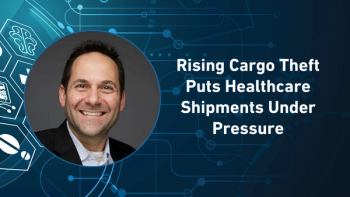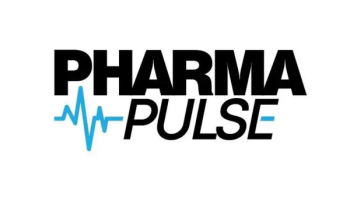
- Pharmaceutical Commerce - August 2025
- Volume 20
- Issue 4
A Pharma Wholesaler Scorecard
In the August issue of Pharmaceutical Commerce, dive into the vital role of drug wholesalers in today's complex pharma supply chain, along with content spotlighting evolving challenges patients face in accessing medicines.
Every stakeholder’s role in the pharmaceutical supply chain is just as important as the next, and that certainly holds true for that of the drug wholesaler. Essentially, these businesses serve as an intermediary between manufacturers and the downstream chain—after buying medications in bulk from manufacturers, they then distribute these goods to pharmacies, hospitals, and the like.
In the
Basta also adds that despite antitrust leaders’ criticism of the multitude of acquisitions made by wholesalers as involving potentially exclusionary practices, community practitioners can be a practical alternative to increasingly consolidated health systems that have their own antitrust concerns. In addition, the Big Three can be a helpful backstop for the independent practitioners, experts contend.
It’s important to keep in mind that the stated end goal from all supply chain stakeholders is usually patient access to vital drugs. In pivoting from our August lead feature, a key such component is the 340B Drug Pricing Program, which allows certain providers to purchase meds at discounted prices in order to assist vulnerable populations. However, the federal program does not come without its challenges,
Patients are continuing to have issues even with healthcare plans covering certain drugs to begin with, especially for chronic conditions. In her
— Mike Hennessy Jr is chairman and CEO of MJH Life Sciences
Articles in this issue
5 months ago
The Tariff Saga Continues5 months ago
DSCSA Compliance Has Arrived. Now What?5 months ago
Pharma Wholesalers: Looking for Growth5 months ago
Caveat Emptor in the Gray Market5 months ago
Insurance Barriers Delaying Patient CareNewsletter
Stay ahead in the life sciences industry with Pharmaceutical Commerce, the latest news, trends, and strategies in drug distribution, commercialization, and market access.




